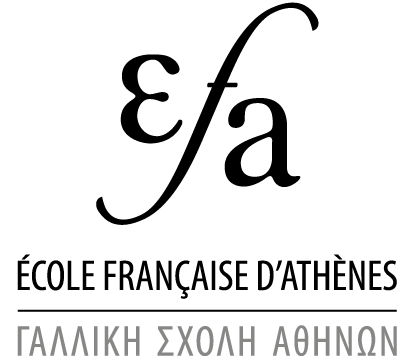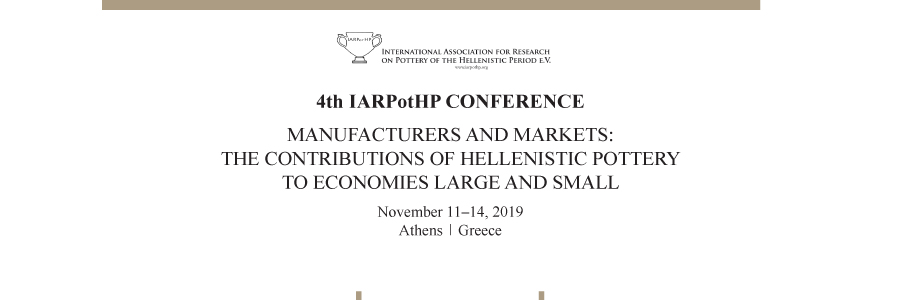Guy Ackermann, membre scientifique de l’École française d’Athènes de 2ème année, interviendra au colloque de l'International Association for Research on Pottery of the Hellenistic Period (IARPotHP) qui se tiendra à Athènes (EIE et ÖAI) du 11 au 14 novembre 2019.
Le titre de sa communication est Pottery Production in Central Euboea during the Hellenistic Period.
Pour en savoir plus
Résumé de la communication
The two cities of Central Euboea, Chalkis and Eretria, obviously needed to produce pottery to supply their large populations. Ceramics imported from the Aegean and further abroad reached their markets but remained largely episodic in comparison with pots of local manufacture. Recently, Yannis Chairetakis presented a first synthesis on archaeological remains of potters’ workshops in Chalkis from the late 4th to the 1st century BC (« Pottery Production in Hellenistic Chalkis, Euboea. Preliminary Notes », JHP 1, 2016, 57-68). No such study exists for the neighbouring city of Eretria. The excavations conducted by the Greek Archaeological Service (11th Ephorate) and the Swiss School of Archaeology in Greece (ESAG) brought to light some workshop structures (kilns and water basins), potters’ tools (molds, wheels and kiln spacers) and wasters in different areas of the Hellenistic town. This evidence was almost systematically interpreted as remains of workshops producing pottery and terracotta figurines. A recent study, however, shows this interpretation to be unsafe. Clear arguments are lacking, and in one particular case artisanal structures were used to produce roof tiles.
The aim of this paper is therefore to carefully analyse the different clues for the existence of several potters’ workshops within the city walls of Eretria, and to compare their topographical distribution with the example of Chalkis. This will lead to the question of pottery production in the Lelantos valley, near Phylla and Lefkandi. This area lies halfway between Chalkis and Eretria and possesses the best clay resources of Central Euboea. Recent archaeometrical analysis of Chalkidean and Eretrian ceramics of the Geometric period showed that potters quarried raw clay mainly in this region of the island (M. Kerschner – I. S. Lemos [ed.], Archaeometric Analyses of Euboean and Euboean Related Pottery : New Results and their Interpretations, Proceedings of the Round Table Conference held at the Austrian Archaeological Institute in Athens, 15 and 16 April 2011, Ergänzungshefte zu den ÖJh 15 [Wien 2014]). A comparative study of Hellenistic pottery discovered in Chalkis and Eretria could help us to understand whether the same situation prevailed after the Geometric period or if each city had its own workshops and distribution networks.

